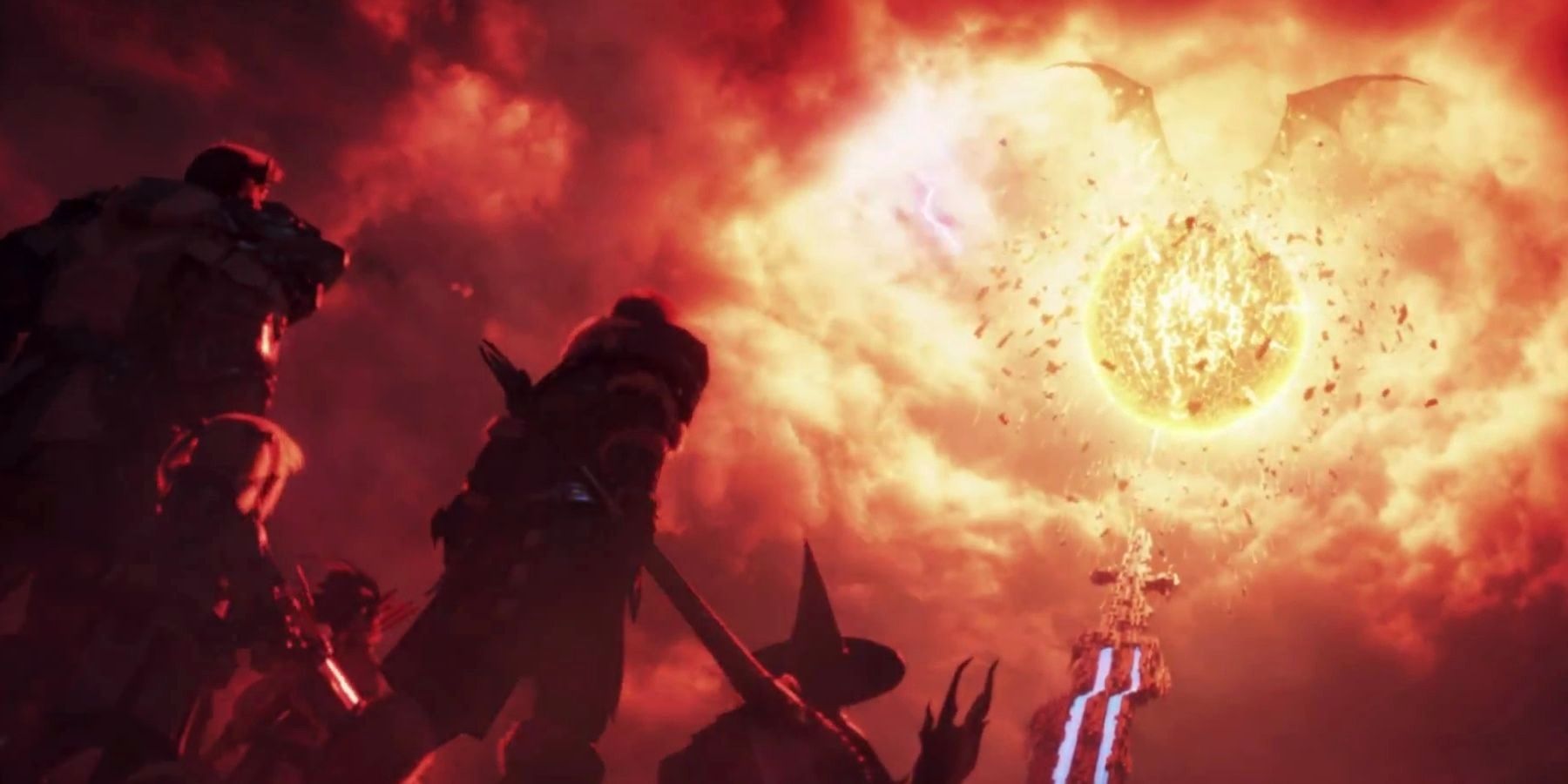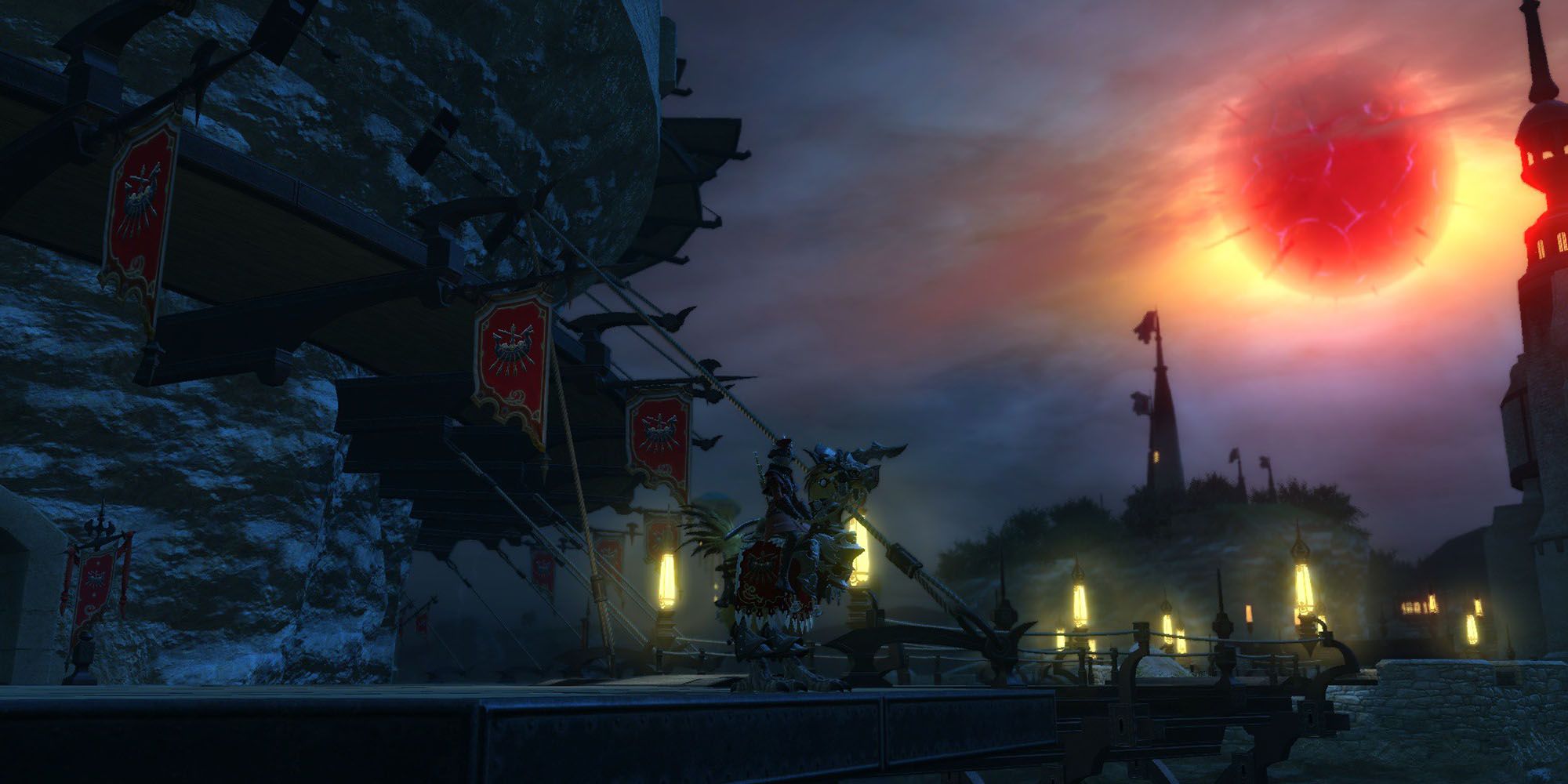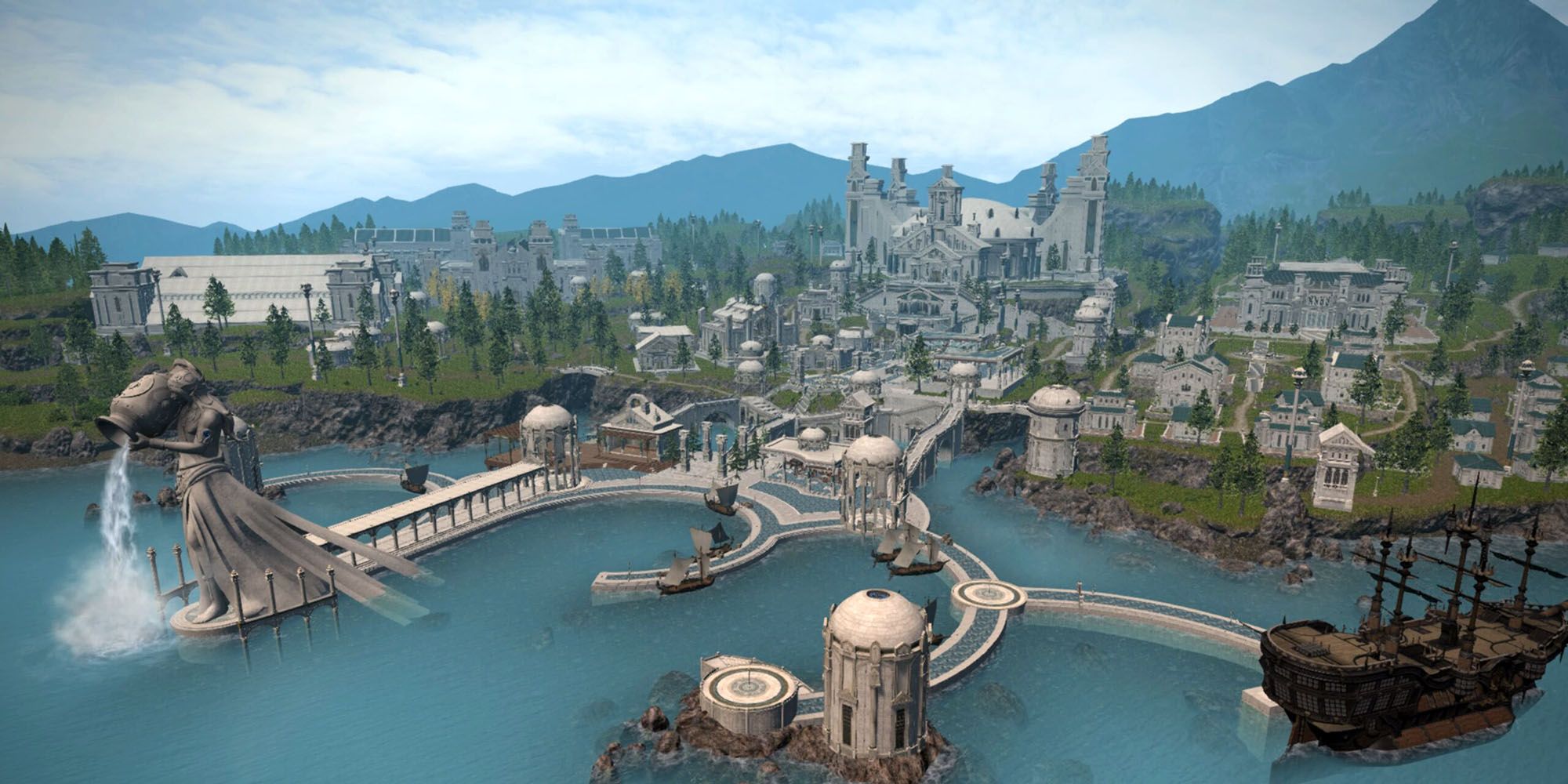Even for a JRPG, Final Fantasy XIV has a lot of lore. It's one of the reasons A Realm Reborn has been called a slog, as it's a massive lore build-up before the exciting stuff happens. Among this lore is the first mention of Umbral and Astral Eras, which come back in the story time and again and even tie into the main plot. However, even players who were able to follow the stories surrounding these eras may not entirely understand the differences between them or have forgotten some of their major plot points.
Umbral and Astral Eras have to do with FFXIV's timeline and generally mark major events affecting the Source, or Etheirys, the world where Eorzea and the Warrior of Light exist. These eras also represent months in the game to reflect their importance. It can seem confusing that events are not named and are instead categorized numerically, but the two eras can be told apart.
To start, events are essentially numbered like years, but they occur over a long period of time rather than one year at a time. This means that, while something in the real world would occur in 1912, events in FFXIV often occur over multiple years and are mainly cited as happening within Umbral or Astral Eras. The main difference between the two eras is that they are almost literal opposites in terms of good and bad.
Astral Eras tend to be when things are on the upswing for the world and its nations. In contrast, Umbral Eras tend to mean Calamity, war, the fall of civilizations, and other dire events. The current events of the game take place during the Seventh Astral Era, which started after the end of ARR. The history for the Source, as inhabitants know it, actually begins with a Calamity, signifying the First Umbral Era.
Not much is known about this time, as most of it predates modern history. It wasn't until years later during the First Astral Era that civilization really began. Towns and villages were formed, tools were invented, and the world progressed until people exchanged their farming and building tools for instruments of war. It was around this time that the second Calamity happened with the aspect of Lightning, which began the Second Umbral Era. Every Calamity that's befallen the Source has an elemental aspect -- the reason for this is explained in Shadowbringers and Endwalker's lore.
The Third Astral Era is when much of the meaty FFXIV lore begins. It marks the rise of the Allagan Empire and Bahamut, a major primal who eventually ushered in the Seventh Umbral Era when FFXIV initially took place, prior to ARR. The fall of the Allagan Empire marked the Fourth Umbral Era and, as a result, much technology was lost. People began to recover in the Fourth Astral Era, but most of history is unknown between then and the Sixth Umbral Era, which saw the rise of magick. The Sixth Astral Era is when more recent major Eorzean events happen such as the Dragonsong War, the founding of the three states, and other lore relevant to the current game.
The defeat of a Garlean invasion and the Ultima Weapon marked the beginning of the Seventh Astral Era, as the Scions and leaders of Eorzea thought they had solved a major problem and stopped an Ascian plot. However, there was a lot more to come, as many players know, with some near Calamities and other run-ins with Ascians. While it's been years in-game, Endwalker's conclusion has left things on a high note. This means that players will likely see the Seventh Astral Era last many years. There may not be any more Calamities, but war and other problems may still be on the horizon with future expansions.



